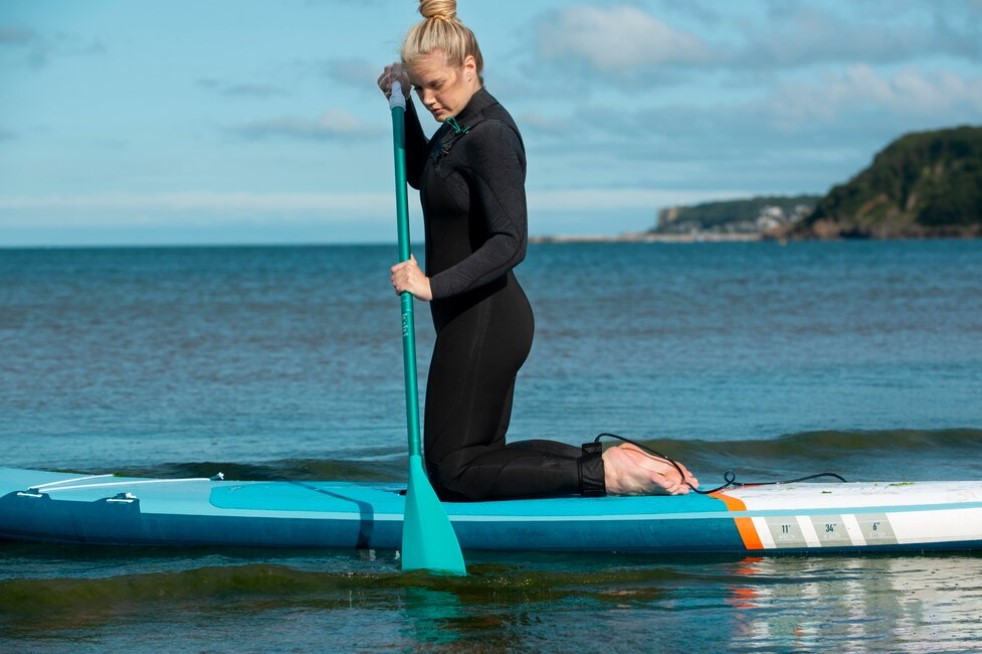Rowing is a sport that combines strength, stamina, and synchronization into a seamless flow of motion. It is a full-body workout that engages rowers both physically and mentally. It takes place in both natural and urban waterways.
This article delves into the basics of rowing, from the stroke to the strategy, providing a primer for those intrigued by this graceful yet demanding sport.
The rowing stroke
The rowing stroke is the fundamental element of the sport, broken down into four parts:
- the catch;
- the drive;
- the finish;
- the recovery.
The catch is where the oar blade enters the water at the front end of the stroke. It is a delicate moment that requires precision to avoid disrupting the boat’s balance.
The drive follows, where rowers use their legs, back, and arms to push against the oar, propelling the boat forward. It is where the rower’s power is unleashed, and it is the most physically demanding part of the stroke. The finish occurs when the oar exits the water, a motion that needs to be sharp and clean to maintain the boat’s momentum.
Finally, the recovery is where rowers prepare for the next stroke, sliding forward on their seats and moving in a rhythm that sets up for the next catch.
Boat handling and safety
Before hitting the water, rowers must learn to handle the boat, both on and off the water. It includes carrying the boat to the launch dock, placing it in the water without damaging it, and getting into the boat without capsizing.
Safety is paramount in rowing. All rowers should know how to swim, understand capsize drill procedures, and be aware of water traffic and weather conditions.
Crew positions and commands
In crew boats, each rower has a specific seat and role. The rower closest to the stern, known as the ‘stroke,’ sets the rhythm for the rest of the boat. The middle rowers, or the ‘engine room,’ provide the power. Bow seat rowers are often responsible for the balance and finesse of the boat.
Commands in rowing are concise, with the coxswain or stroke calling for adjustments in speed, power, and timing.
The role of equipment
Rowing equipment is specialized and varied. The single scull is for individuals, while larger boats like the coxed eight, carry a full team. Oars act as extensions of the rowers’ arms and come in different lengths and blade shapes. It is designed for specific water conditions and rowing styles. Personal equipment like rowing shoes, seat pads, and gloves can enhance comfort and performance.
Training and technique
Successful rowing hinges on consistent training and technique refinement. Rowers spend considerable time on the water practicing strokes and maneuvers.
Land training, including cardiovascular workouts and strength training, is equally important to build the endurance and power necessary for rowing.
Conclusion
As you can see, rowing is a sport that offers a unique blend of physical challenge and serene connection with the water. It is an activity that can be enjoyed solo or with a team, competitively, or as a form of exercise.
Step forward and connect with the rowing community. Visit a local rowing club, sign up for a beginner’s course, or attend a regatta to witness the thrill of the race. Equip yourself with the knowledge, dive into the training, and take your place on the water. The rowing adventure awaits, and it is yours for the taking!
